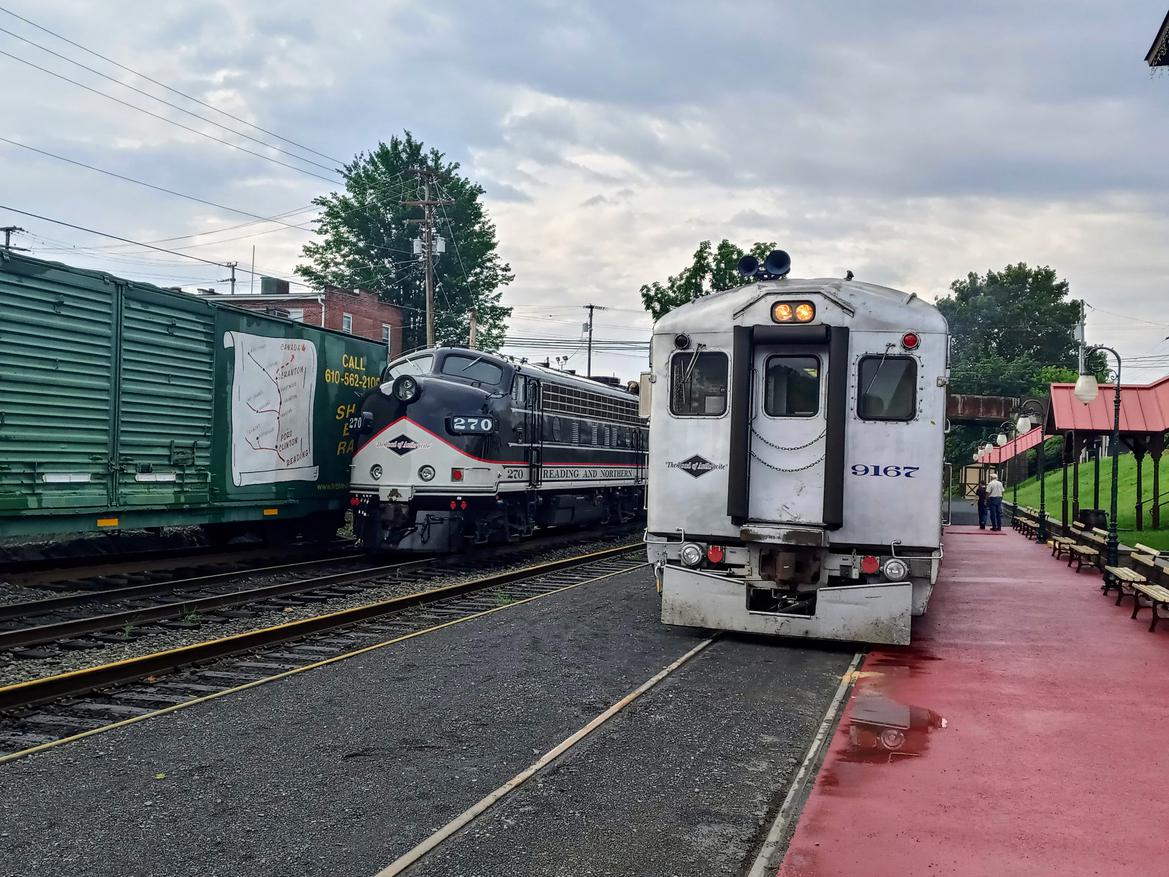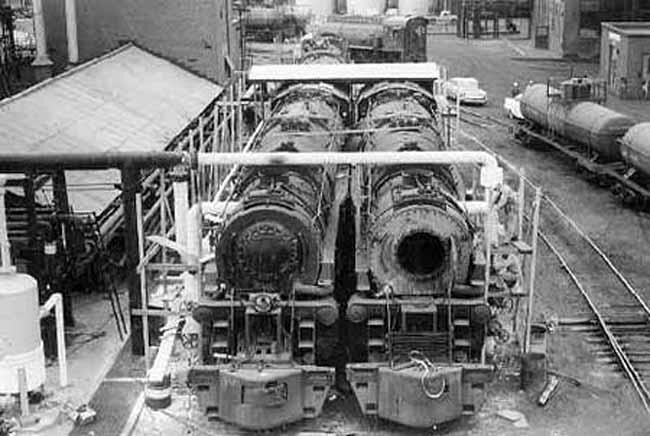I'm sure there are those who would be glad to see the Hoosac Tunnel close. "The Great Bore" has always had an ill reputation, and its other nickname is "The Bloody Pit". Constructed between 1851 and 1873, the 4.5 mile long tunnel killed 196 workers during its construction. One of the first applications of nitroglycerin, there were numerous accidents. Allegedly, during the first test of nitroglycerin at the dig site on the afternoon of March 20, 1865, explosive experts Ned Brinkman, Billy Nash, and Ringo Kelley planted a charge of nitro and ran toward a safety bunker. Brinkman and Nash never made it. Kelley prematurely set off the charge, burying his coworkers alive under tons of rock.Soon after the accident, Kelley disappeared. He was not seen again until March 30, 1866. His body was found two miles inside the tunnel in the exact spot where Brinkman and Nash had died, having been strangled to death. There were no suspects, and the murder was never solved but the workman rumored that the spirits of Brinkman and Nash had murdered him.
In October of 1868, there was an explosion in the central shaft that was being dug straight down to serve as a ventilation shaft once the tunnel was complete. With pumps disabled, the shaft began to fill with water, with 13 miners still at the bottom. A miner was lowered down in a bucket to attempt to rescue them, but was overcome with smoke and fumes and reported there was no way anyone could have survived. Afterwards, workers told strange tales of vague shapes and muffled wails near the water-filled pit, the lost miners were rumored to be seen carrying picks and shovels through a shroud of mist and snow at the mountaintop. The ghostly apparitions would appear briefly, then vanish, leaving no footprints in the snow, giving no answers to the miners' calls. A year later, the central shaft was accessed and a makeshift raft was found floating on the top of the water with the remains of the thirteen miners. They had survived the explosion and built a raft, only to be asphyxiated by the fumes. After the discovery, workers reported the strange apparitions vanished.
The tunnel was also plagued with strange noises, mysterious lights, vanishing tools, and other unexplained phenomena. On October 16, 1874, Frank Webster, a local hunter, vanished. Three days later, a search party found him stumbling along the banks of the Deerfield River in a state of shock. Webster said that strange voices had ordered him into the Hoosac Tunnel, and once inside he saw ghostly figures wandering about. Suddenly, something seized his rifle from his hands and beat him over the head with it. When the searchers found the hunter he had no weapon with him and he couldn't recall leaving the tunnel.
In the fall of 1875, Harlan Mulvaney, a fire tender, was driving a wagonload of firewood into the tunnel late one night. Suddenly Mulvaney turned his team around, whipped the horses across their flanks, and ran out of the tunnel.A couple of days later, workmen found the team and wagon in woods three miles from the tunnel but Mulvaney was never seen or heard from again.
Joseph lmpoco, a former employee of the Boston and Maine Railroad, believes there may be some truth to this legend. He went to work for the railroad at the age of eighteen and claimed the tunnel ghosts saved his life. In an interview that appeared in The Berkshire Sampler of October 30, 1977, Impoco told reporter Eileen Kuperschmid that he was chipping ice from the tracks one day when he heard a voice say, "Run, Joe, run!" When he turned around there was a train approaching and he just managed to get clear before he was run over. Looking around, there was no one around to have called his name.
Six weeks later, lmpoco was using an iron crowbar to free freight cars stuck on icy tracks. Someone shouted, "Joe! Joe! Drop it. Joe!" He dropped the bar and it was instantly struck and smashed against the tunnel wall by eleven thousand volts of electricity from a short-circuited overhead power line. Later, while removing trees from the tunnel entrance, lmpoco was nearly crushed when an enormous oak fell in his direction. He outran the falling tree, and said afterwards he head a strange, unearthly laugh. Joseph Impoco quit his job and moved away shortly afterwards.






 Also, a view of the engineer's compartment on the RDC
Also, a view of the engineer's compartment on the RDC












 Two trains had gone this way earlier that morning without incident, so this happened shortly before our train. An R&N crew sawed it off and we were on our way.
Two trains had gone this way earlier that morning without incident, so this happened shortly before our train. An R&N crew sawed it off and we were on our way.



















 saw this somewhere else and thought you guys might appreciate the land zepplin
saw this somewhere else and thought you guys might appreciate the land zepplin






























